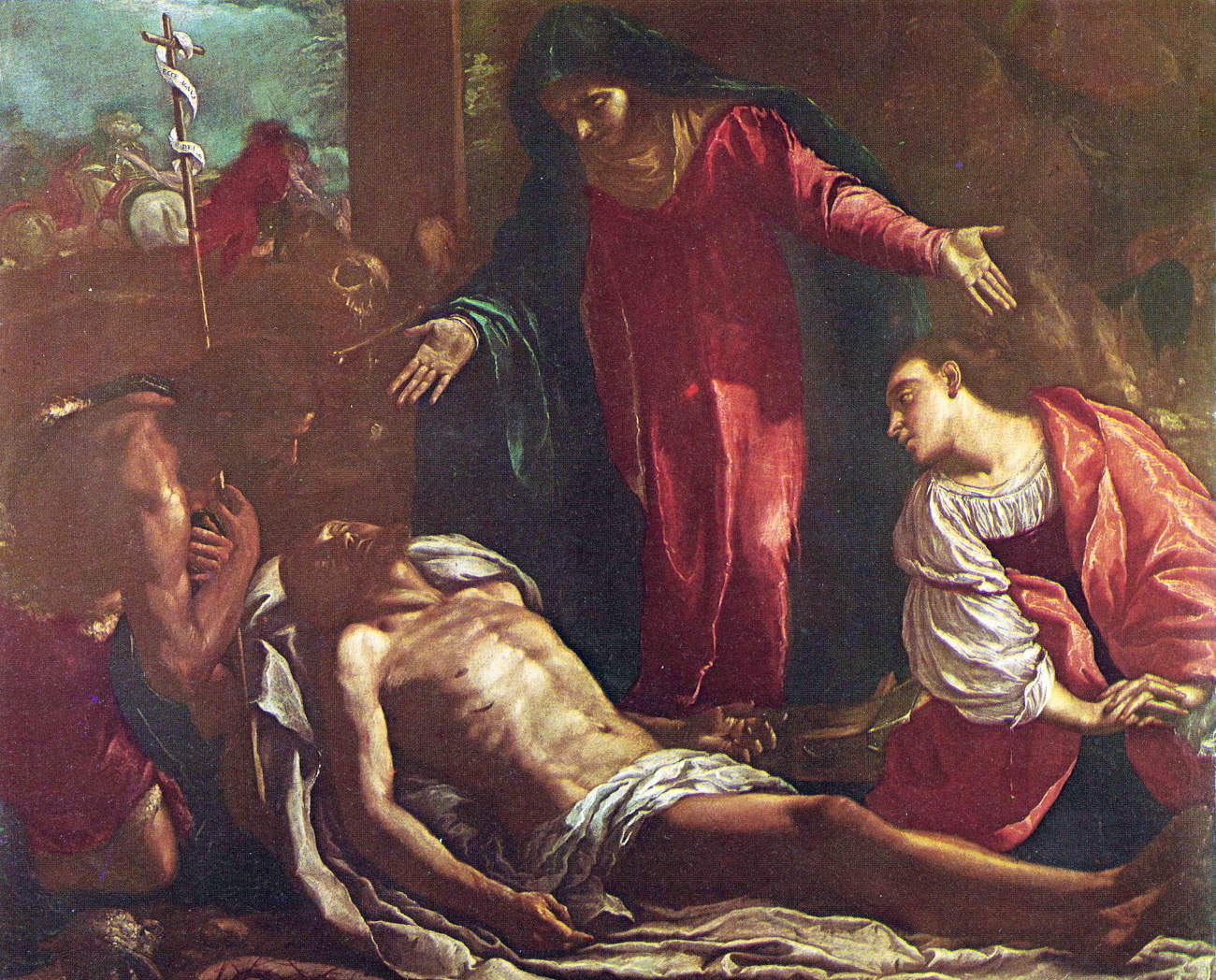Fra Semplice da Verona ’s Pietà with St. John the Baptist and St. Catherine of Alexandria returns to the Ducal Palace in Mantua: in fact, the painting will be on display in the Mantuan museum venue, in the little chapel of the Ducal Apartment, along the Corte Vecchia tour route, from Saturday, March 16. On deposit at the Uffizi Galleries, the work by the Capuchin painter active in Mantua between 1621 and 1622 and around the early 1640s, is commissioned by the Gonzaga and dates from 1621, when the duchy was ruled by Ferdinando Gonzaga and his wife Caterina de’ Medici.
The painting will remain in Mantua for five years thanks to the loan, which is part of the Uffizi Diffusi project. “We are very happy with this five-year loan,” said Palazzo Ducale director Stefano L’Occaso, “because it allows us to integrate the seventeenth-century section of the museum’s collections with another valuable piece. Our heartfelt thanks go to the new Uffizi director Simone Verde, who agreed to the loan, and to his predecessor Eike Schmidt with whom we had set up and carried out the project.” Fra Semplice da Verona’s Pieta further complements the layout of the recently renovatedDucal Apartment, where numerous 17th-century works from the museum’s collections are displayed. Until now, the tour route did not house any paintings by the Capuchin painter in the service of the Gonzaga family.
A Capuchin friar and former court painter to Ranuccio Farnese, duke of Parma and Piacenza, Fra Semplice da Verona entered the service of Ferdinando Gonzaga in 1621 and remained in Mantua until the following year, when he was forced to leave the Mantuan court on charges of a liaison with a court damsel named Bianca. The Pietà was made for the duke’s wife Caterina de’ Medici, and its commission is recalled by the presence of St. Catherine of Alexandria. In the painting we can see the influence of Domenico Fetti, at the time court painter of the Gonzaga family, from whom Fra Semplice welcomes the suggestions of the flowing and luminous brushstrokes. The work later reached the Medici court as a diplomatic gift, either from the dukes of Mantua or from Catherine herself. The friar painter went to Genoa and then set course for Rome, where he was introduced to the favors of the patron Cardinal Montalto with a letter from Ferdinando Gonzaga citing the artist’s “good service” in Mantua. Fra Semplice then had to return to Veneto a few years later, pass through Parma, and re-enter Veneto again until 1642, when he returned to Mantua at the request of Maria Gonzaga, daughter of Francesco IV and regent of the duchy. Here he worked as a painter until the end of his activity around the 1650s.
On the occasion of the feast of St. Anselm, patron saint of the city, the Ducal Palace in Mantua will be open extraordinarily on Monday, March 18, with hours from 8:50 a.m. until 7:15 p.m. (last admission 6:20 p.m.). On the same day, there will also be a guided tour service with fixed departure times at 11:10 a.m. and 3:10 p.m. at a cost of 7 euros per person (reservations via call center 041 2411897 or web www.ducalemantova.org) and an accompanied thematic tour service with the route On the Trails of Isabella d’Este, departing at 9:30 a.m., 11:30 a.m., 2:30 p.m. and 4:30 p.m. (free with museum ticket from 5 euros, reservations via infopoint 0376 352100).
 |
| Fra Semplice's Pietà returns to Mantua for five years thanks to Uffizi Diffusi |
Warning: the translation into English of the original Italian article was created using automatic tools. We undertake to review all articles, but we do not guarantee the total absence of inaccuracies in the translation due to the program. You can find the original by clicking on the ITA button. If you find any mistake,please contact us.